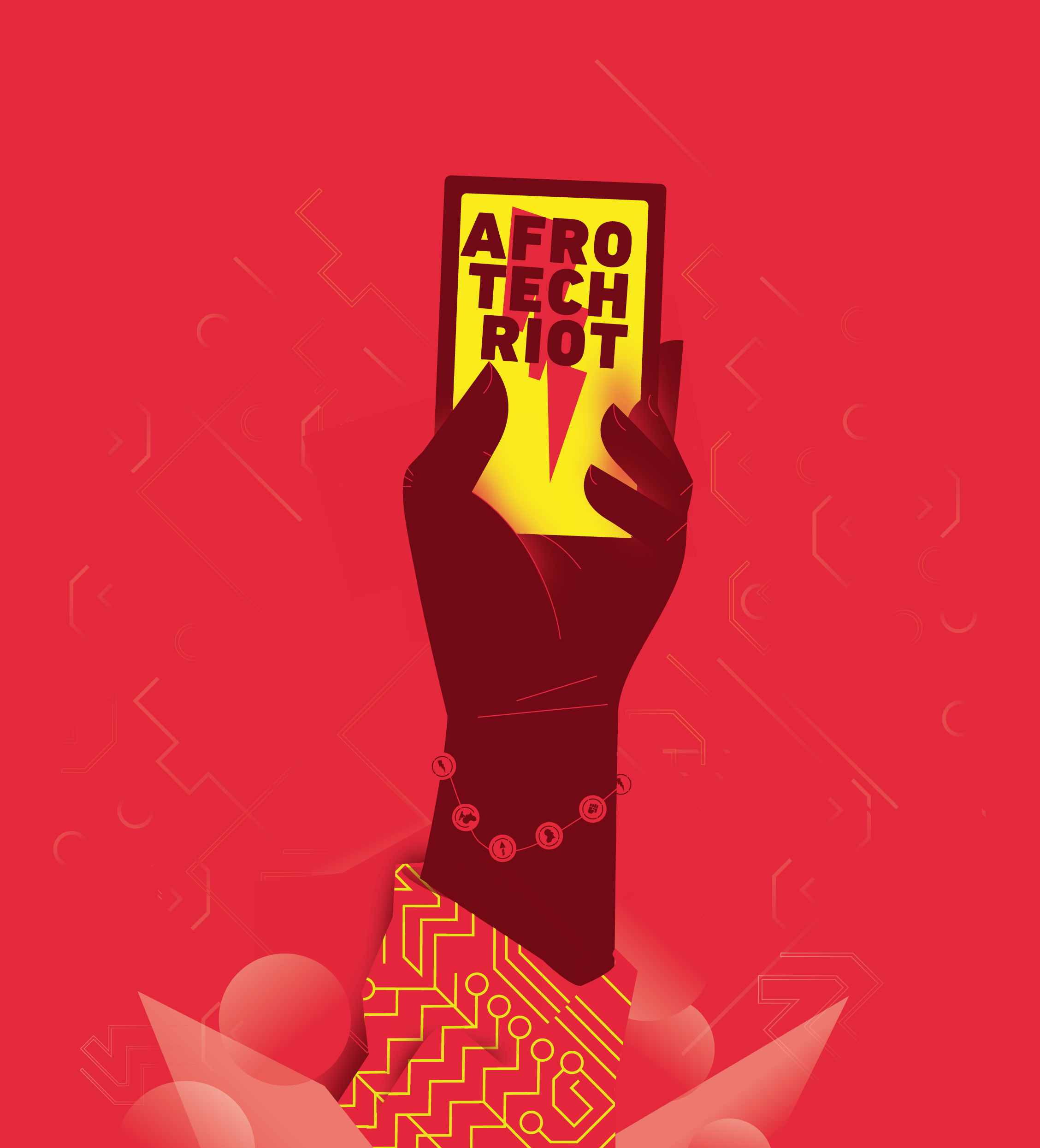Practicing artists Ella Krivanek and Dorothy Siemens are the founders of the moving gallery Space Space. They met in Toyko in 2014. At the time Ella was thinking about how to create a space that could blend what she had learned and enjoyed as a practicing artists at home in Melbourne with the different scene that she had experienced in Japan. She eventually found an old rundown warehouse which needed a lot of work to set up. Friends and friends of friends who were interested in the same idea helped her to reconstruct the space. This is where she met Space Space partner Dorothy. Aware of the limited spaces that artists had available to create art for art’s sake, as well as what they identified as the hyper-commercialization of the art scene in Toyko, they felt that they could add another layer to the grassroots operation of art spaces in the city. “We had similar ideas about what the Tokyo art scene was like and what we could add to it,” Dorothy explained, “And I think we just work really well together, We have similar aesthetics.”. They started off doing smaller, quite specific shows which culminated into a larger project in The Bathhouse show February 2016. “It was this big, free show that was going to be accessible to young people, bring in dozens of international artists and also have them working with local artists to create those networks,” Ella explained. It included a sculptural and installation art experience which could not necessarily be conveyed on an online medium, which is how most exhibitions are absorbed these days. They started to discuss the idea of the gallery being a moving art space, and the warehouse getting torn down was a big catalyst in making that decision.

In thinking about where to go next to continue the conversations they were having about how networks are created, they both were excited about the political and art scene in Johannesburg. Seeing their gallery as speaking back to institutionalized art space and interrogating how and who views art, by taking the art outside of institutions they are working towards flattening out some the hierarchies that are inherent in institutions. Their exhibition ‘Fluxus Now’ in Johannesburg expands on this. “[The exhibition] tries to make concrete the sense that because now our social circles are so politicized our art institutions need to adapt to reflect that, not only the way artists interact with art, but the way that the public interact with art also,” Ella explained. The soul of their project puts into practice the breaking down of barriers between institutionalized art and the public. However, it is not only about presenting art in more fluid ways, but also calling into question what makes an object an artwork. “We need to understand it [artworks] within a sociopolitical context,” Ella expressed.

This filters into the way that they think about the spaces that they select for their exhibitions and their treatment of these spaces. The Johannesburg exhibition included work by Amber Wright, Aaron Carter, Spencer Lai from Australia; Tshepo Moloi, Roberta Joy Rich and Blazing Empress from South Africa; and OH!BLOOD from Japan. Their work is displayed in various spots around the CBD. Several artworks are displayed at street level in commercial areas, others displayed in parks and street corners with greenery. As you move through the exhibition it becomes more elevated. Even though these works are displayed on the second story of buildings and other higher spaces, they are still connected to the streets by being displayed near windows or over a ledge looking over the city.
Central to the flow of the exhibition was the conversations Ella and Dorothy had with the artists involved. Space Space is trying to approach curating from a more collaborative stance, emphasizing the dialogue with artists as an important part of the final exhibition.

From their experience in Johannesburg they have added a clothing line aspect to their project. “I think on leaving Johannesburg we started to consider gallery space as moving more towards something of like a curatorial project which involves us making our own objects as the gallery as well as continuing to curate shows with others,” Ella explained. Taking objects that they gathered from their time in Johannesburg, including clothing, receipts, shopping lists, they created a clothing collection which they showed at their recent show in Toyko. These are also for sale on their online shop. “For us we have always wondered how we can convey the value that we see in the art that we curate when we put it into spaces that don’t automatically assign those objects value in and of themselves the way that a white cube gallery does,” Ella explained when asked about their clothing collection. By taking objects which would otherwise be considered trash, modifying them and reappropriating them into the gallery space, these items question systems of value. These wearable, semi-practical items make a commentary not only on whether objects have value or not, but also on the hierarchies within those values.

Check out their website to see past exhibitions and to check out their online store. Like them on Facebook to keep up to date with where they will be next.













